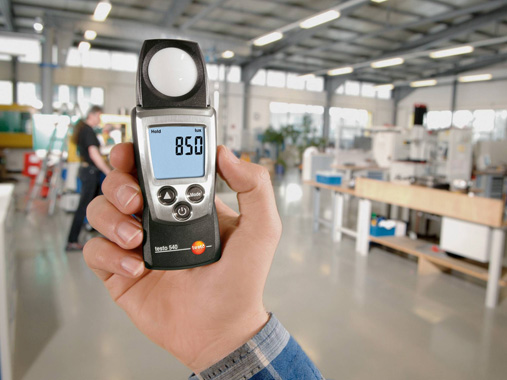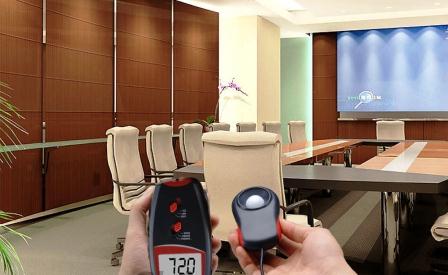Illumination Survey
We are recognized as a solution provider for environmental related social and economic solutions to the organizations working in these sectors. We apply a scientific approach to handle rightly, all the assignments that keep all our customers completely satisfied. We have successfully completed different projects in various fields such as air quality testing, drinking water testing, stack emission testing and many others. At One Stop Safety Services, we have a good team of experienced professional who show their expertise in their respective fields to complete an assignment in a successful manner.
Process of Illumination Survey
Illumination or lighting actually makes a big difference in the productivity or the working nature of the employees in any industry. Insufficient or more than enough lighting can have adverse effects on the work efficiency of the employees. If the work place is too bright staff may develop a sense of discomfort, similarly, if the lighting is dim it may create an atmosphere of demotivation among the workers. Here, a perfectly balanced illumination becomes important so that the working environment remains good and the workers feel motivated. In a nutshell, a couple of points to be considered for the purpose of illumination survey can be summed up as below:
- To check whether the lighting arrangement is such as displays too much light or little lighting or glare or flickering in the work environment.
- A proper study about who can be at risk due to the lighting environment.
- Assessment of the hazards and suggestions to improve the conditions and safety of the employees.
Relevant level of lighting at the workplace is the strength or power of light which allows a person to see what you need to see without any strain on your eyes. Below are certain points which need to be considered while conducting an illumination survey :
- Investing in the electric meter : To have an accurate understanding of the eyesight assessment, an important point to note is that eyesight is a subjective matter, hence, instead of personal choices or alternatives one should have a check via scientific measurements. The electric meters installed at the industrial area are a source of measurement of illumination which is measured in terms of lux.
- Type of work and area : It is important to determine the type of work and the different areas in which different types of work is done in the industrial space. Different areas require different type of lighting arrangement depending upon the work carried on in that space. Some tasks require too much light whereas other tasks may not require much illumination. The laid down Indian standards of lighting for various industries have to be strictly followed. Compliance with the lighting levels decided by different states have to be considered in this respect.
- Making a checklist : Besides evaluating general illumination levels, there are a number of factors to be taken into account and prepare a checklist for the same. Some of the factors include light diffusion, prevalence of shadows, reflective surfaces which can create glare issues or other specific conditions relevant to the place or area.
- Measuring of light levels : In India the illumination levels are measured in terms of lux. The compliance requirements set for the purpose of various industries in the subject of illumination have to be understood and strictly followed.
- Use of auxiliary lighting : In case, if any area is discovered in the lighting audit which displays less light or dim light, portable lighting arrangements can fix the issue. These arrangements should be undertaken to improve the illumination level of the particular area.


